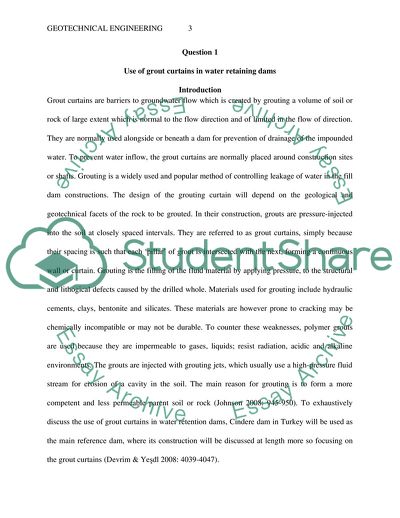Cite this document
(Geotechnical Engineering, Grouting Research Paper Example | Topics and Well Written Essays - 3000 words, n.d.)
Geotechnical Engineering, Grouting Research Paper Example | Topics and Well Written Essays - 3000 words. https://studentshare.org/engineering-and-construction/1843303-geotechnical-engineering
Geotechnical Engineering, Grouting Research Paper Example | Topics and Well Written Essays - 3000 words. https://studentshare.org/engineering-and-construction/1843303-geotechnical-engineering
(Geotechnical Engineering, Grouting Research Paper Example | Topics and Well Written Essays - 3000 Words)
Geotechnical Engineering, Grouting Research Paper Example | Topics and Well Written Essays - 3000 Words. https://studentshare.org/engineering-and-construction/1843303-geotechnical-engineering.
Geotechnical Engineering, Grouting Research Paper Example | Topics and Well Written Essays - 3000 Words. https://studentshare.org/engineering-and-construction/1843303-geotechnical-engineering.
“Geotechnical Engineering, Grouting Research Paper Example | Topics and Well Written Essays - 3000 Words”. https://studentshare.org/engineering-and-construction/1843303-geotechnical-engineering.


